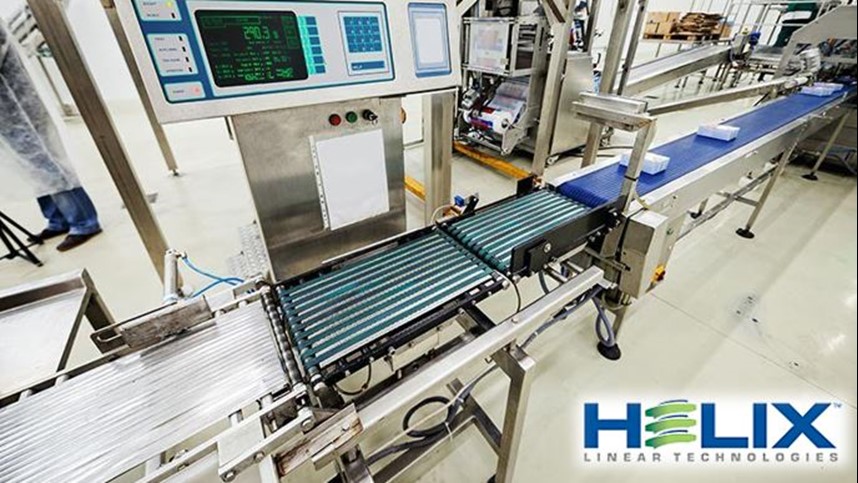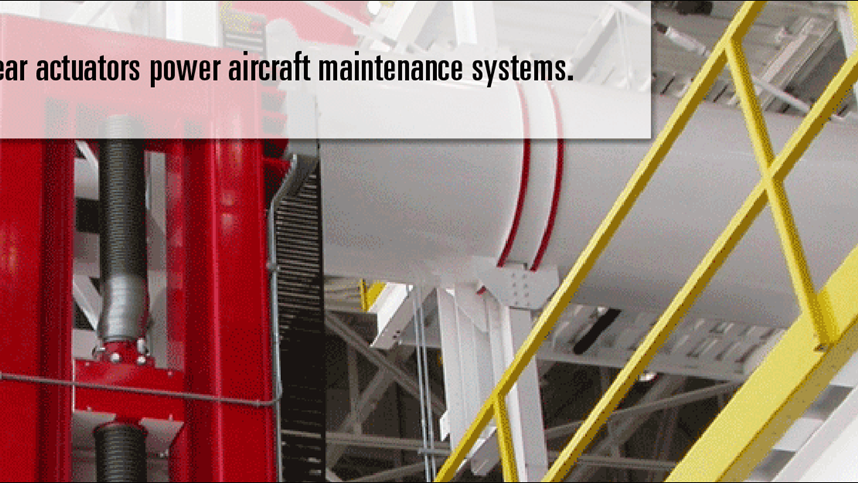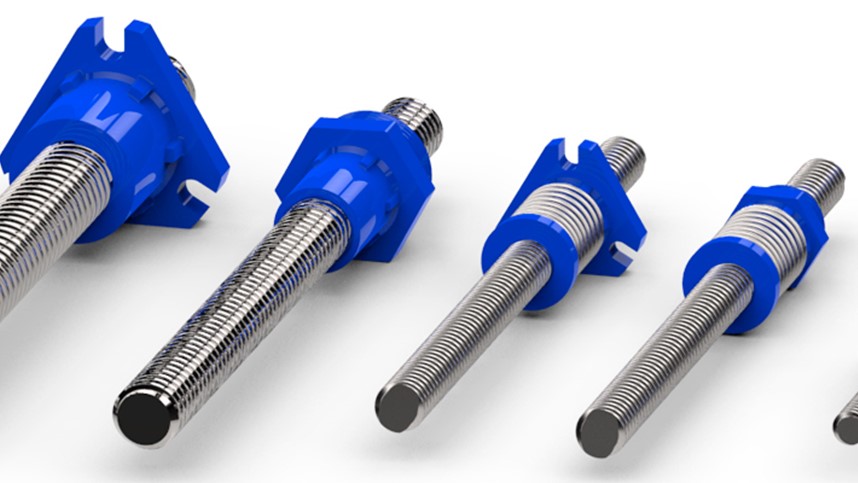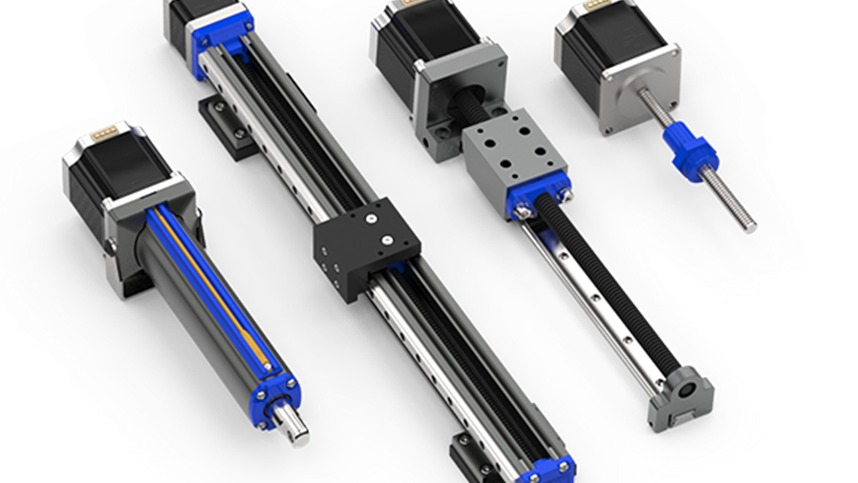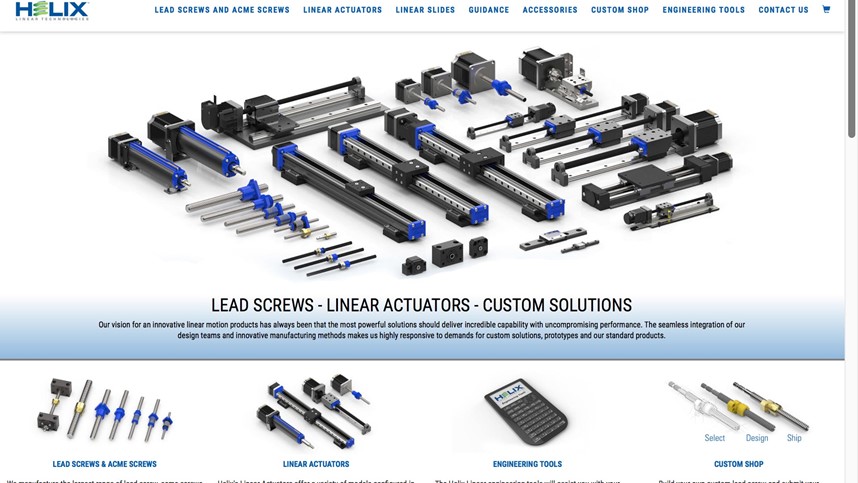Aside from mechanics and car buffs, most people who drive automobiles have no idea that small electric actuators—also known as mini actuators—are at work, performing a variety of automotive functions that are simply taken for granted
Helix Linear Blog | Miscellaneous
Increase Packaging Machine Flexibility with Electric Actuators
Several trends are driving increased demand for electric actuators for providing linear motion control in packaging machines. While pneumatics-driven actuation has historically served this function, the industry is transitioning away from that approach in order to realize greater flexibility, cleaner operation, less noise, and reduced costs.
Electric Actuator or Pneumatic Actuator?
Many types of machinery need to position components and/or move loads in a linear fashion, and machine designers routinely face the question of whether to use an electric linear actuator or a pneumatic actuator to fulfill this requirement.
How Aircraft Systems Rely on Acme Thread Actuators
Even though the acme thread form was originally developed more than 100 years ago, it has proven to be such a reliable and effective design that actuators driven by screws using this thread have become a staple for providing linear actuation and motion control in today’s modern aircraft for non flight critical applications, as well as in the docking and maintenance equipment used to service airline fleets.
How to Avoid Making the 5 Most Common Motion Control Mistakes
Given the range of motion control devices, systems, and assemblies that are available on the market—plus advances in the development of innovative MCSs and the greater demands for today’s precision guidance and positioning applications.
Selecting the Optimal Linear Slides for Guidance and Positioning
Achieving precise guidance and positioning through linear motion control has become a common requirement in today’s manufacturing environments. Virtually all manufacturing processes utilize some type of linear motion control, for which linear slides offer a simple, flexible, and cost-effective solution.
Top 10 Mechanical Actuator Questions Answered
Most design engineers know that a mechanical linear actuator is a device that converts rotary motion into linear movement—such as lead screws, ball screws, and acme screws.
Acme Threaded Rod 101
The acme thread form, established over 100 years ago, replaced square thread screws, which had straight-sided flanks and were difficult to manufacture.
How to Compare Acme Nuts and Acme Nut Material
Not sure which material to use for your acme nuts? Learn the basics of the materials used in acme nuts and how to compare them with our helpful PowerPoint that we have created for you. Please note that all Helix materials used have been selected for low friction, minimum wear, long life and clean operation.
Announcing the Launch of the New Helix Linear Technologies Website - helixlinear.com
We’re excited to announce that our new and refreshed website is live. The updated site includes several new lead screw and linear actuator products that deliver smooth, clean and quite linear motion solutions.



